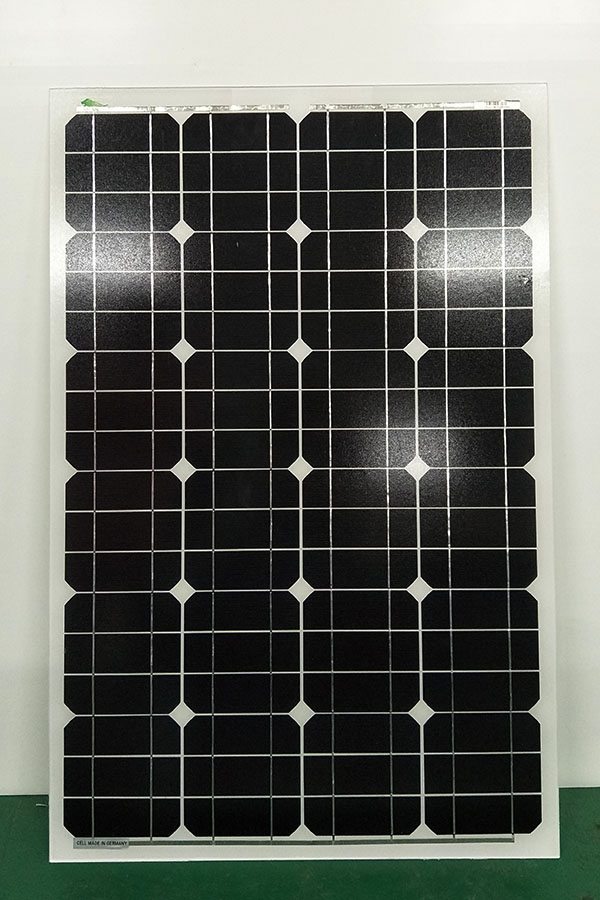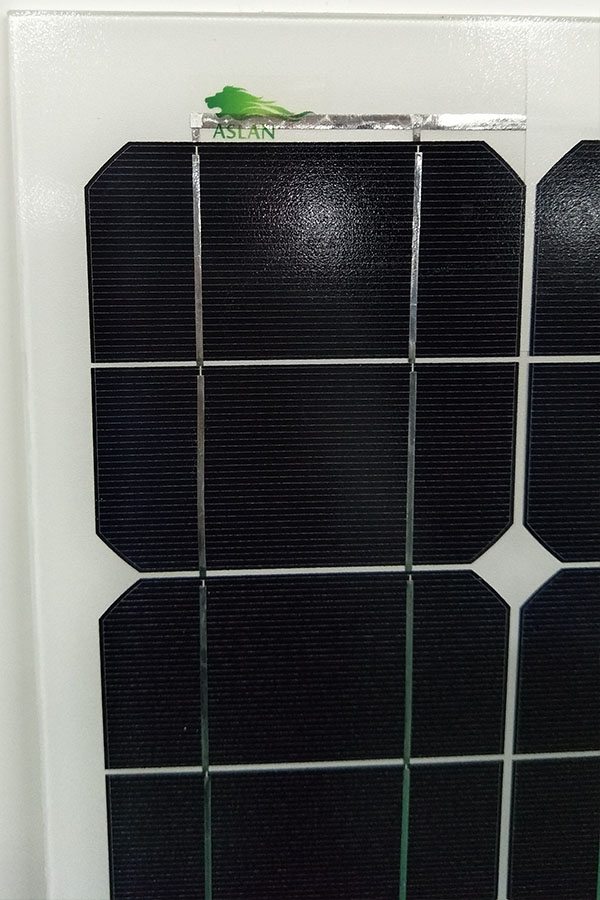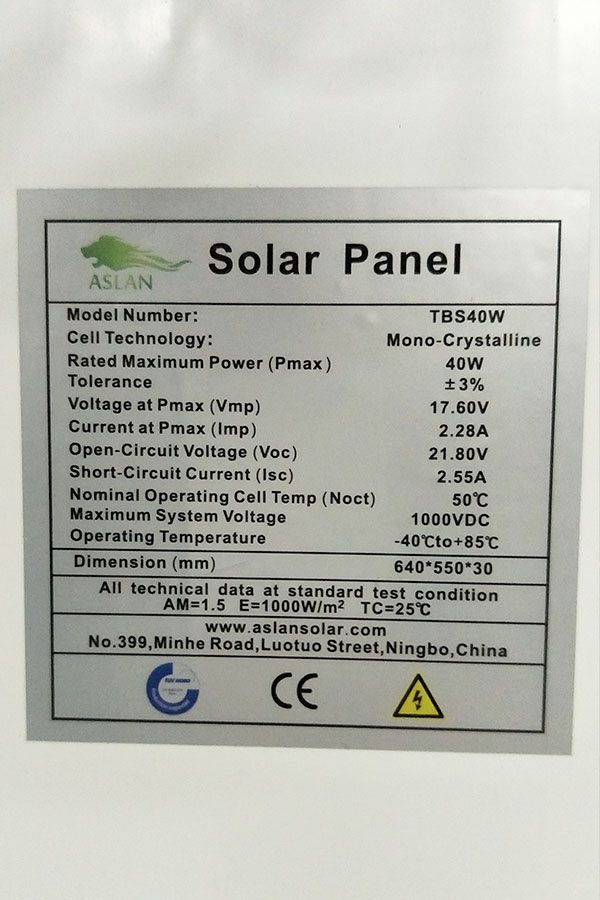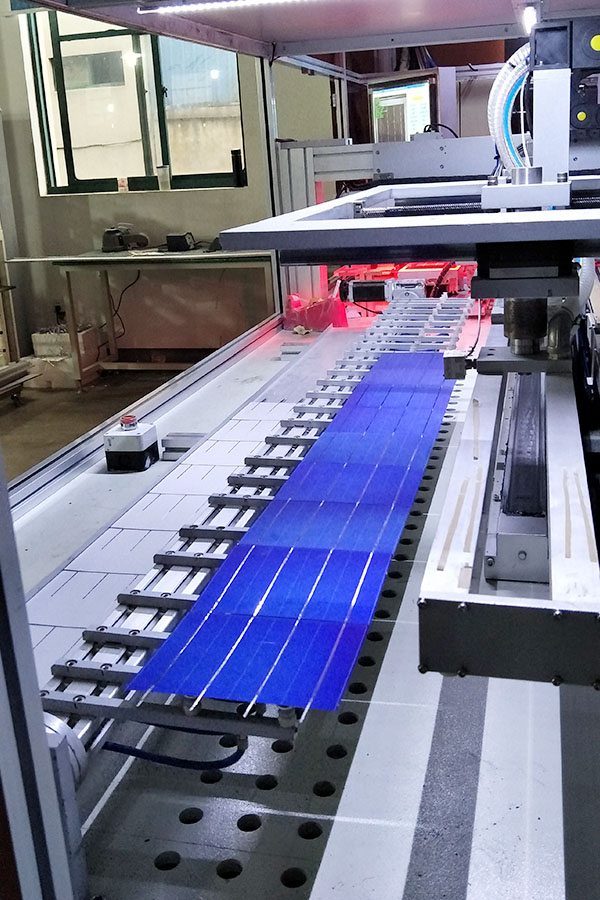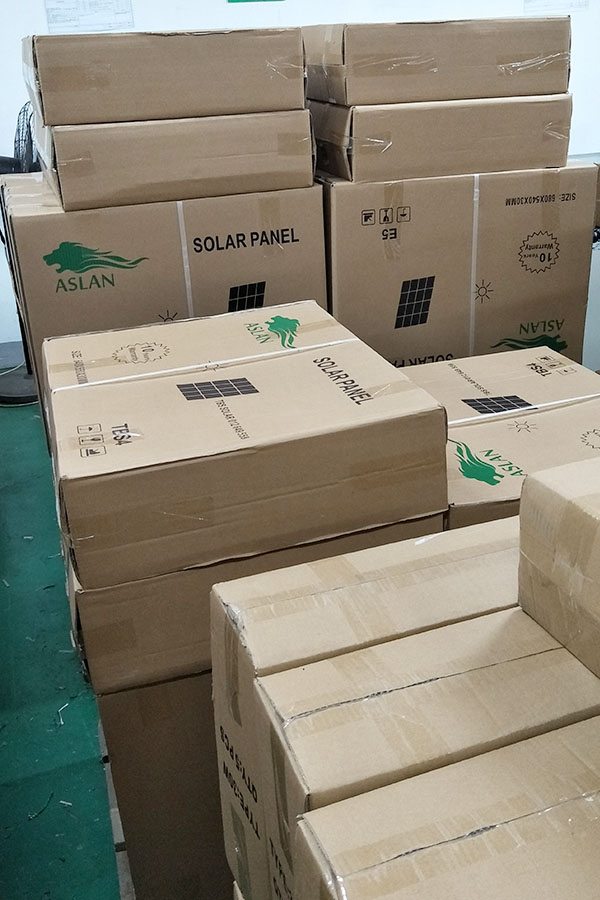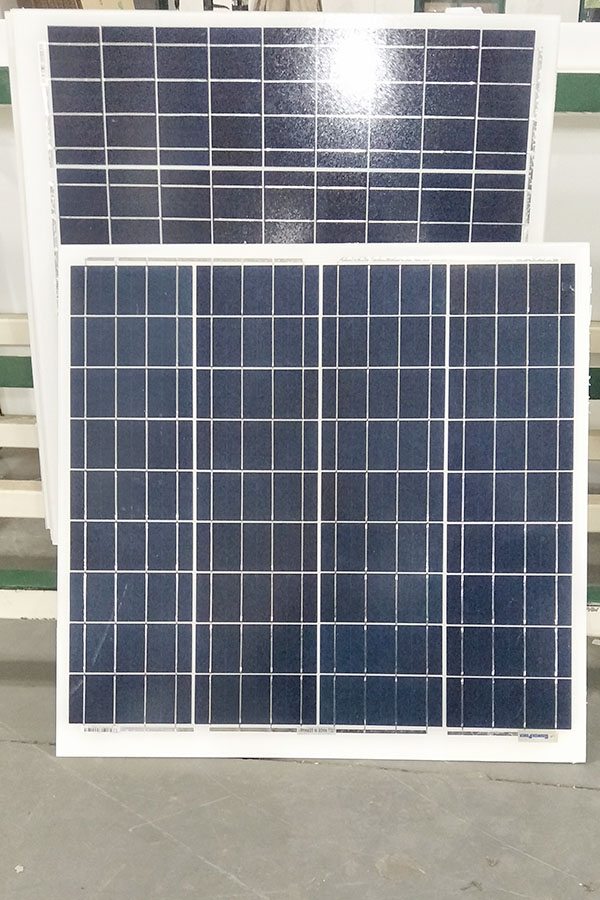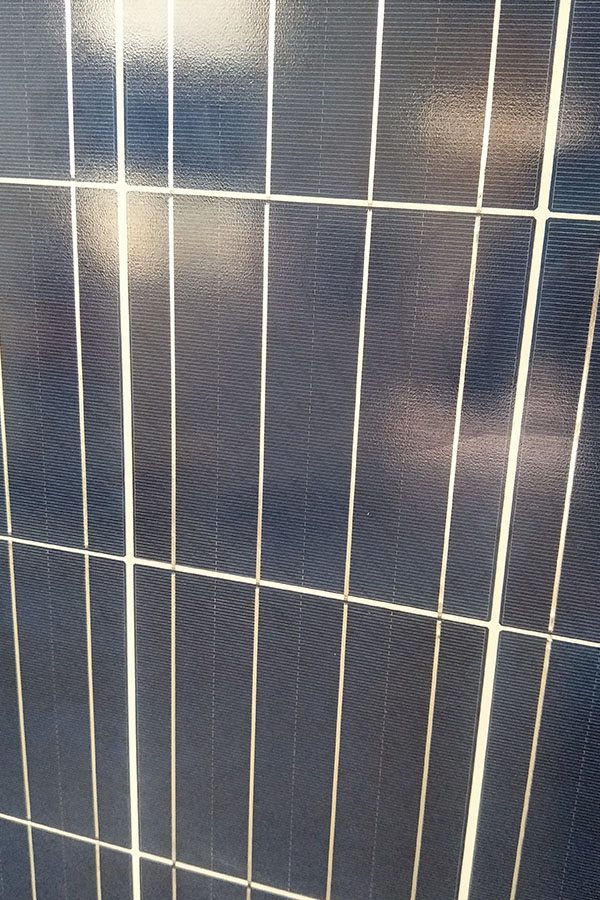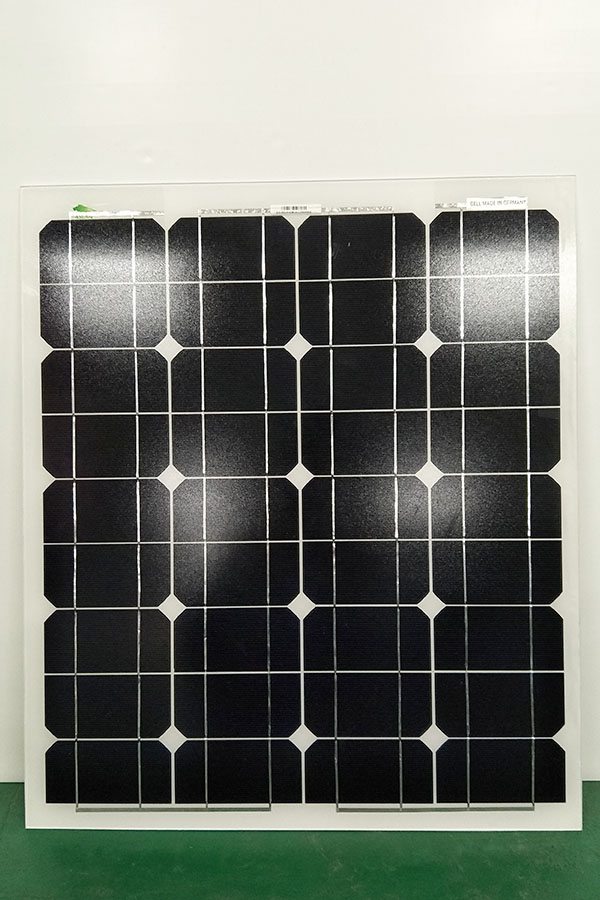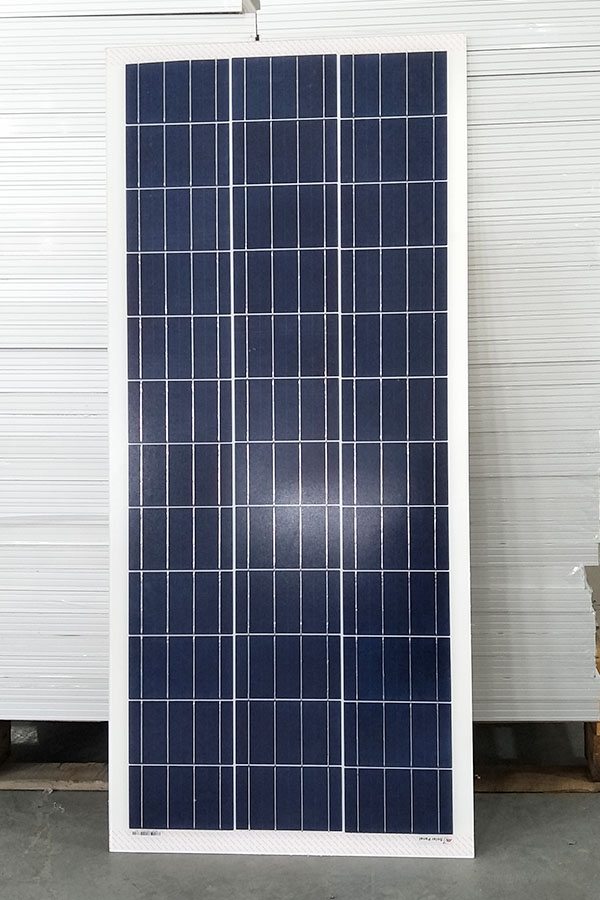Europe style for Mono-Crystalline 60W Solar Panel in Porto
Short Description:
The company keeps to the operation concept "scientific management, high quality and efficiency primacy, customer supreme for Europe style for Mono-Crystalline 60W Solar Panel in Porto, Welcome to set up long-term relationship with us. Best Price For Good Quality in China.
Mono-Crystalline 60W Solar Panel
Technical parameter
Maximum Power(W) 60W
Optimum Power Voltage(Vmp) 18.46V
Optimum Operating Current(Imp) 3.25A
Open Circuit Voltage(Voc) 22.51V
Short Circuit Current(Isc) 3.57A
Mechanical Characteristics
Cell Type Mono-crystalline 125 x 83mm
No of Cell 36 (4x9pcs)
Dimensions 821x554x35mm
Weight 5.0Kg
Front Glass 3.5mm,High Transmission, Low Iron,Tempered Glass
Junction box IP65 Rated
Output Cable TUV 1×4.0mm2/UL12AWG,Length:900mm
Temperature and Coefficients
Operating Temperature(°C): -40°C ~ + 85°C
Maximum System Voltage: 600V(UL)/1000V(IEC) DC
Maximum Rated Current Series: 15A
Temperature Coefficients of Pmax: -0.47%
Temperature Coefficients of Voc: -0.389%
Temperature Coefficients of Isc: 0.057%
Nominal Operationg Cell Temperature (NOCT): 47+/-2°C
Materials of solar panel
1).Solar Cell——Mono-crystalline solar cell 125*83mm
2).Front Glass——-3.2mm, high transmission, low iron, tempered glass
3).EVA——-excellent anti-aging EVA
4).TPT——-TPT hot seal made of flame resistance
5).Frame——anodized aluminum profile
6).Junction Box——-IP65 rated, high quality, with diode protection
Superiority: high quality anodized aluminum frame, high efficiency long life, easy installation, strong wind resistance, strong hail resistance.
Features
1. High cell efficiency with quality silicon materials for long term output stability
2. Strictly quality control ensure the stability and reliability, totally 23 QC procedures
3. High transmittance low iron tempered glass with enhanced stiffness and impact resistance
4. Both Poly-crystalline and Mono-crystalline
5. Excellent performance in harsh weather
6. Outstanding electrical performance under high temperature and low irradiance
Quality assurance testing
Thermal cycling test
Thermal shock test
Thermal/Freezing and high humidity cycling test
Electrical isolation test
Hail impact test
Mechanical, wind and twist loading test
Salt mist test
Light and water-exposure test
Moist carbon dioxide/sulphur dioxide
To get the best out of your photovoltaic panels, you need to angle them towards the sun. The optimum angle varies throughout the year, depending on the seasons and your location and this cube shows the difference in sun height on a month-by-month basis. Solar panels should always face true south if you are in the northern hemisphere.
Smarter people than I do it this way
Take your latitude, multiply it by 0.9, and subtract 23.5 degrees.
For example: if your latitude is 40 degrees, your panels should be tilted at: (40 * 0.9) – 23.5 = 12.5 degrees.
You don’t necessarily have to adjust the tilt of your panels every season. If you find that the energy generated by your solar panels is sufficient for your winter energy needs — assuming that your highest energy usage is in the winter — you can just leave the panels in the same position.
Note that the fixed-mount solar panels will be at their least efficient during the summer, spring and fall, when the sun moves across a large area of the sky. Panel systems that “track” the position of the sun are more efficient — but also more costly.
To costly for this homestead I hope this video helps.
If your wondering the cube I am using is a puzzle box I made several years ago.
Suitable for tapes, films, release liner, and etc.
